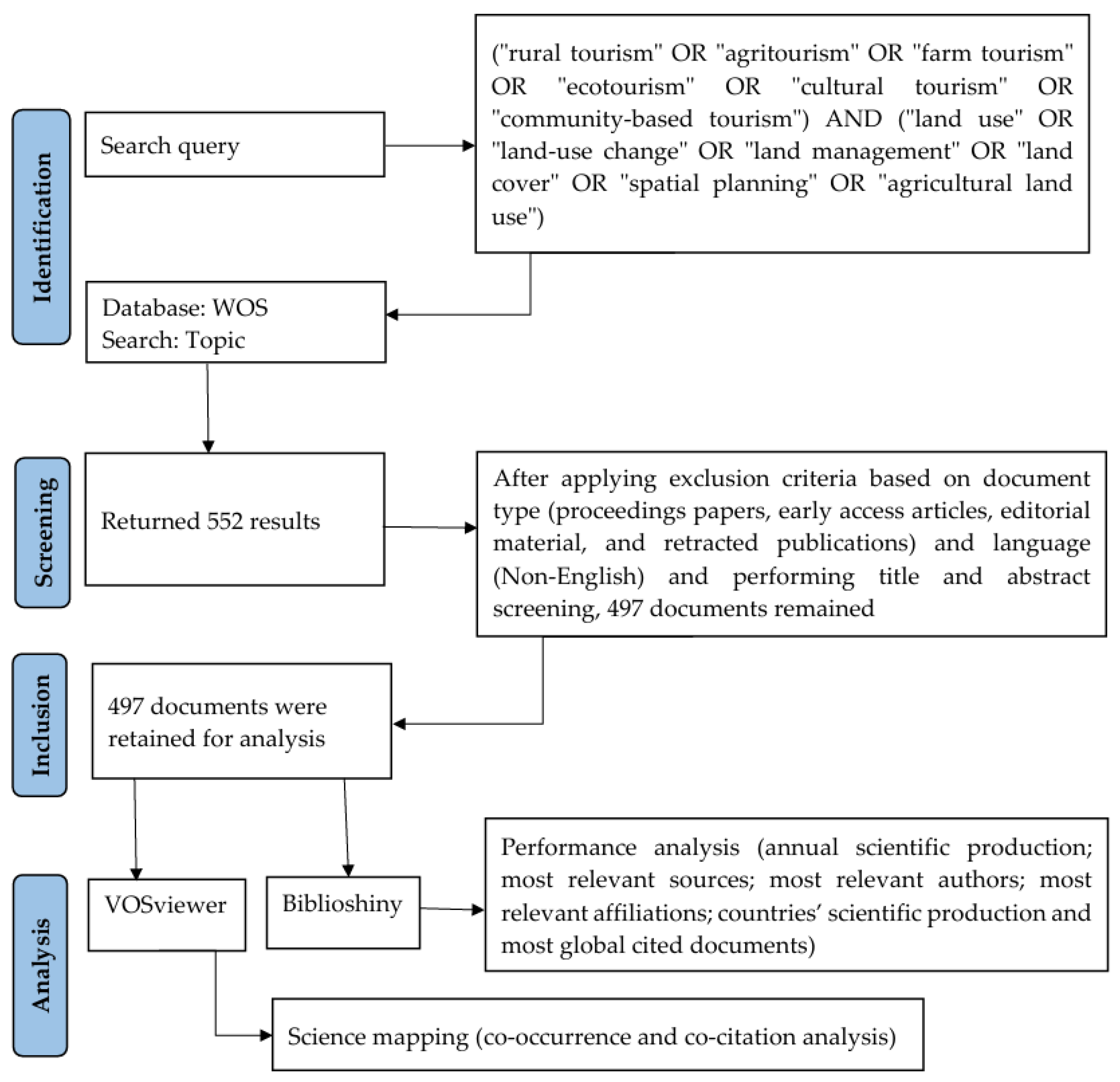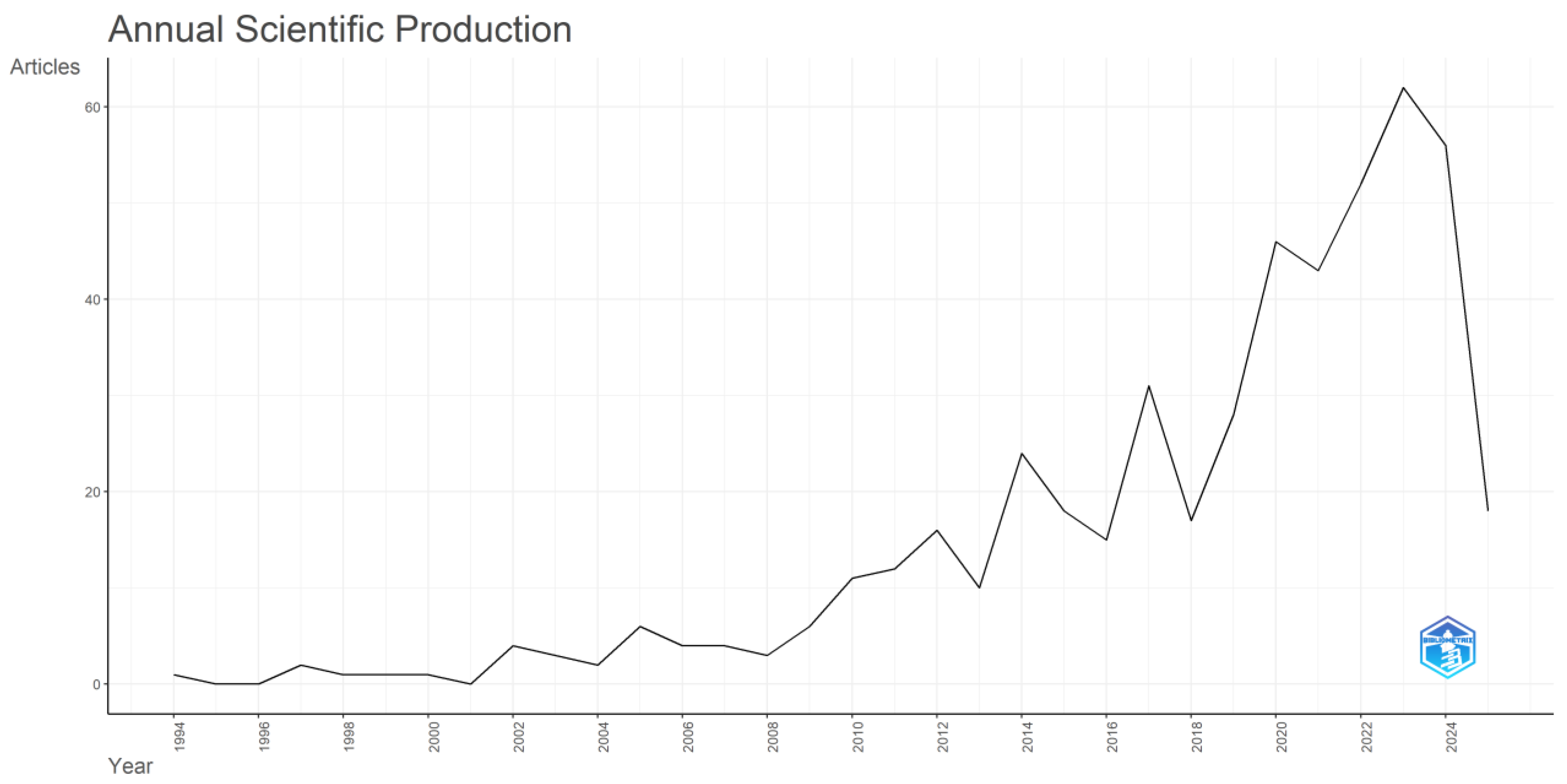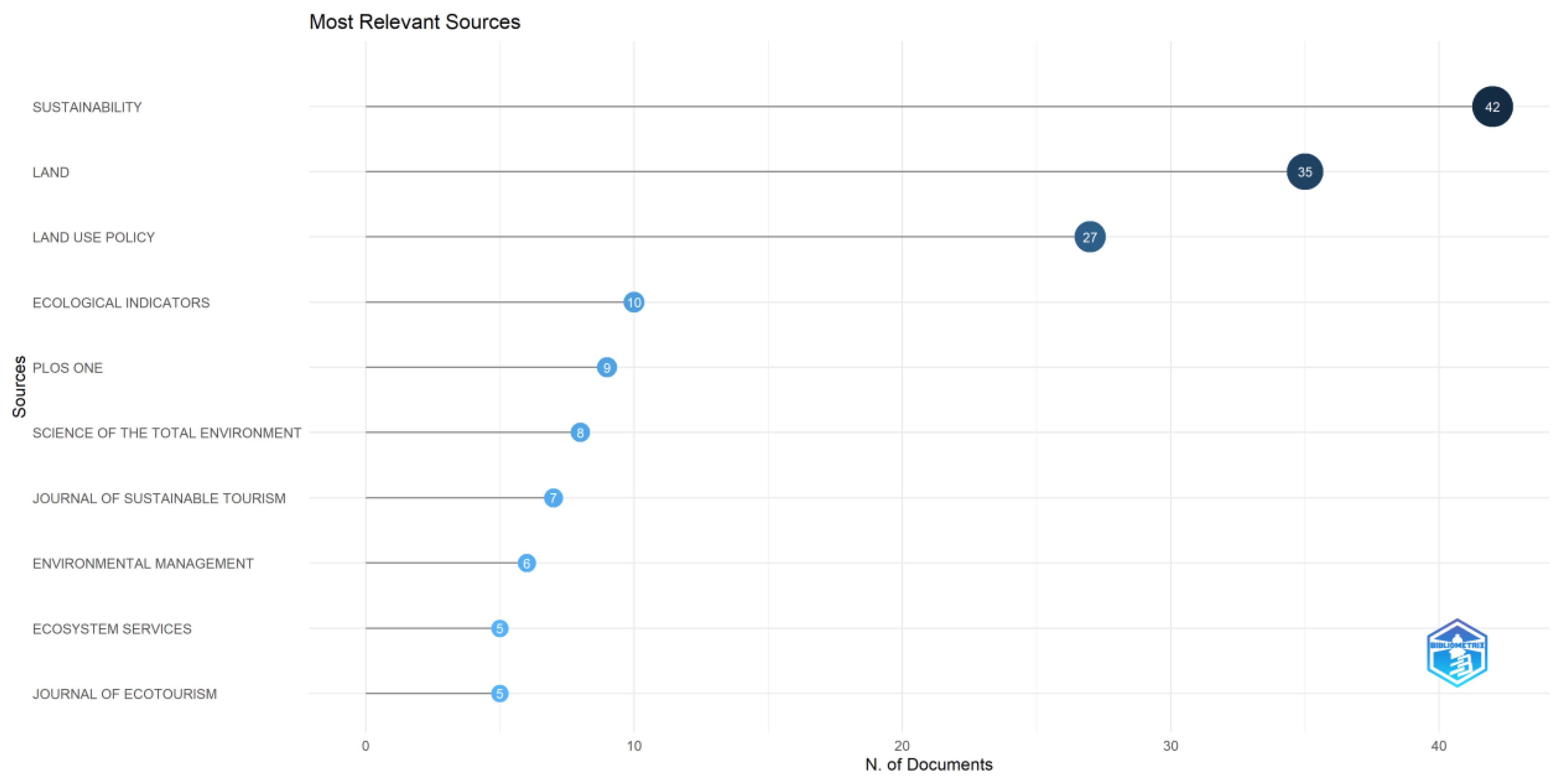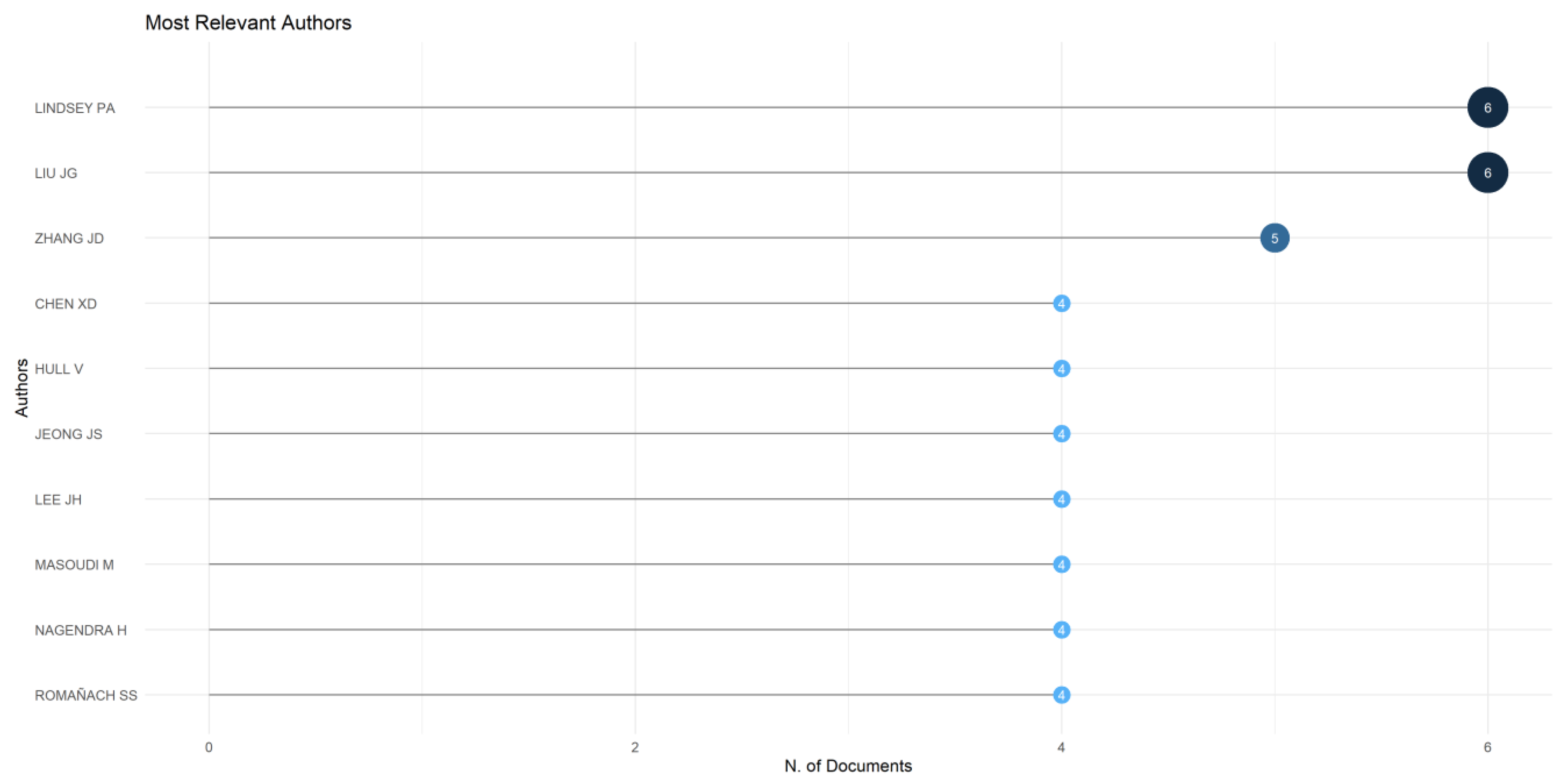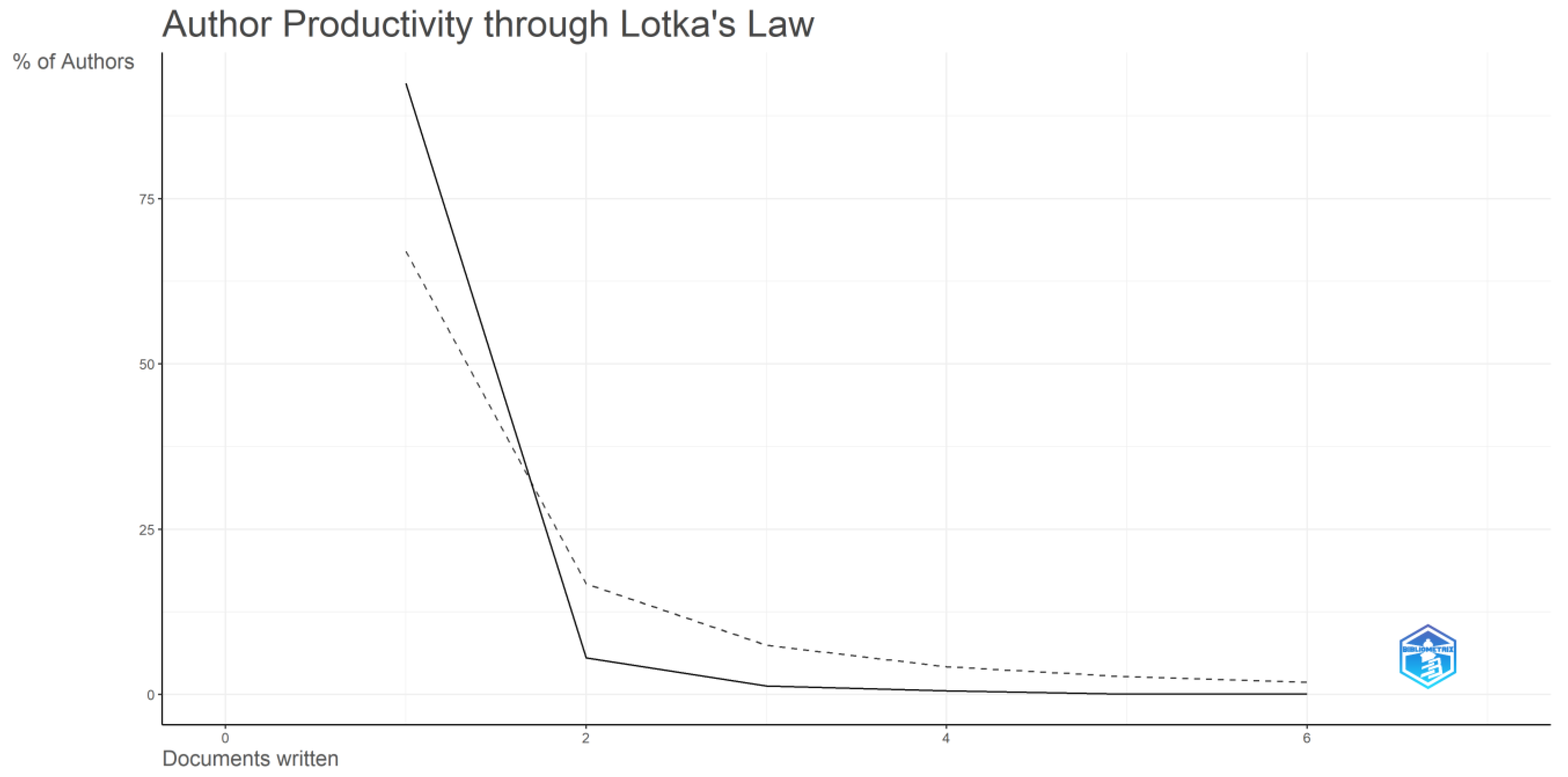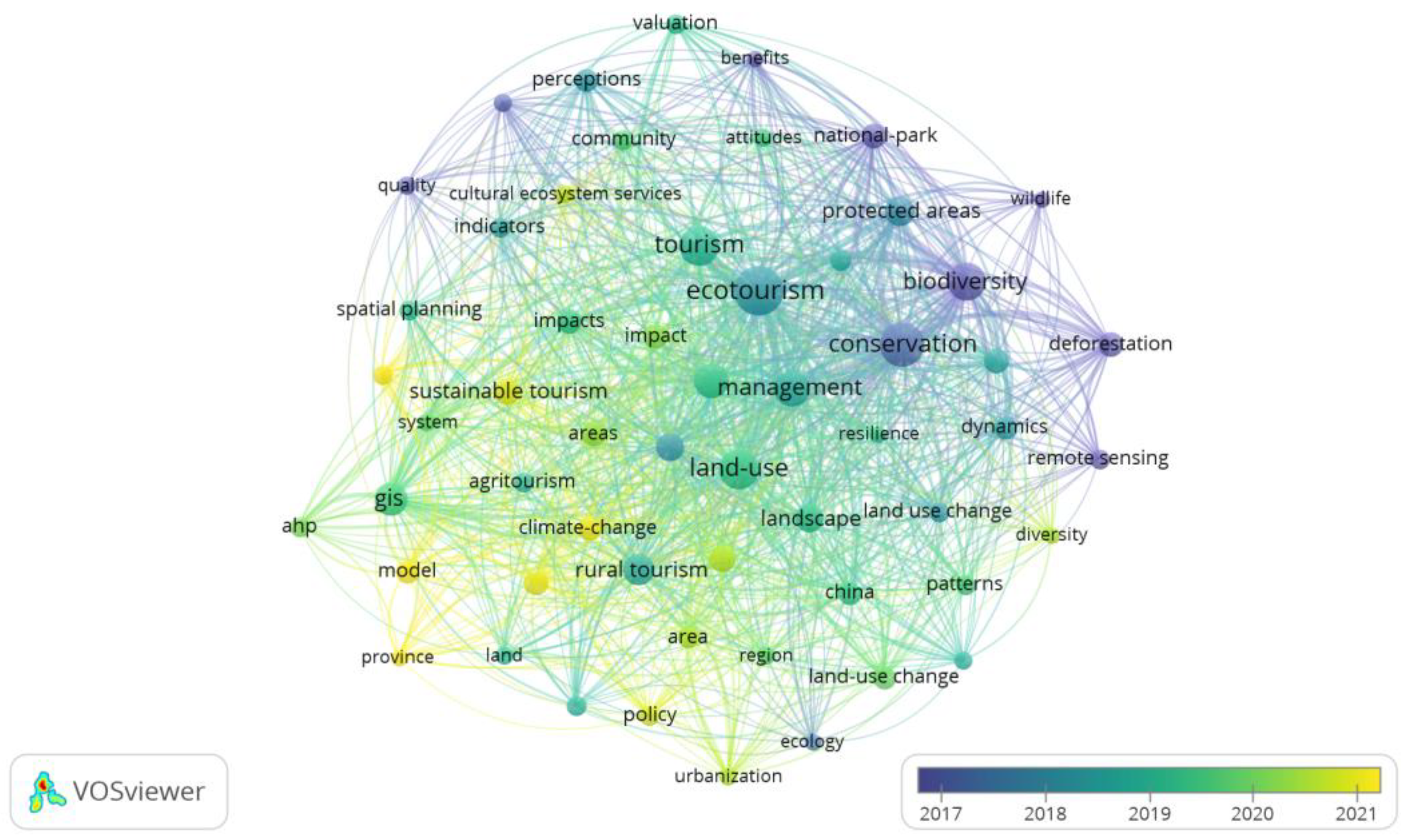1. Introduction
In recent decades, rural tourism has become an increasingly important component of both local development strategies and global tourism dynamics. Defined broadly as tourism that takes place in non-urban areas and emphasizes local culture, landscapes, and traditions [
1], rural tourism contributes significantly to the diversification of rural economies, revitalization of rural communities, and preservation of cultural and natural heritage [
2]. Rural tourism, as part of a wider shift toward experiential and sustainable travel, is often seen as a viable means to counter rural depopulation, stimulate small-scale entrepreneurship, and promote more inclusive development [
3]. However, this growth is not without consequences. In many cases, the development of rural tourism infrastructure, increased land commodification, changes in land ownership, and the reconfiguration of land use practices have generated both opportunities and tensions in rural settings [
4].
One of the most visible outcomes of rural tourism-driven transformation can be the alteration of rural landscapes—an anthropogenic shift in land use with far-reaching consequences. Evidence shows that, in some regions, agricultural lands are increasingly being converted into tourism resorts [
5], residential zones are repurposed as short-term rentals [
6], and natural ecosystems are reshaped to accommodate tourism infrastructure [
7]. These changes often produce uneven outcomes by intensifying competition over scarce resources [
8] and deepening spatial inequalities [
9].
These complex dynamics are in many contexts further exacerbated by the absence of integrated planning frameworks [
10]. Although advanced technical tools such as Geographic Information Systems (GIS), Cellular Automata (CA) models [
11], and landscape character assessments [
12] offer promising planning solutions, their deployment often occurs in disciplinary silos, limiting their broader strategic impact. Despite the growing importance of the interlinkages between rural tourism and land use, no bibliometric study to date has explicitly focused on this intersection. Even though there are prior bibliometric analyses that explore key relevant aspects such as rural tourism and/or agritourism [
13,
14,
15,
16] and rural land use [
17,
18] they all address the two concepts separately and/or neglect the systematic exploration of how rural tourism and land use influence each other globally. Even empirical studies such as [
19], which examine land suitability for rural tourism, are geographically limited and lack a broader synthesis.
This fragmented literature reveals a clear gap: there is no comprehensive bibliometric analysis mapping the global intersection of rural tourism and land use. This study fills that gap by conducting the first global bibliometric analysis explicitly focused on their interrelationship. In particular, the study aims to achieve the following:
Provide a performance-based overview of rural tourism and land use research;
Identify dominant and emerging themes through keyword co-occurrence analysis;
Map the intellectual structure using co-citation analysis;
Highlight knowledge gaps and propose future research directions.
By synthesizing and visualizing the evolution of academic inquiry at the intersection of rural tourism and land use, this study contributes a timely and novel perspective to the literature. It provides a comprehensive and data-driven understanding of how the academic conversation around rural tourism and land use has evolved globally. Also, it sets a foundation for the future development of this field. Serving as a foundational reference, the findings aim to support multiple stakeholders seeking to understand the spatial, environmental, and developmental implications of rural tourism and its relationship to land use planning and policy. In particular, policymakers will benefit from evidence-based insights to design sustainable rural tourism strategies; researchers can identify priority areas and foster cross-disciplinary collaboration; and practitioners, including planners and NGOs will gain synthesized best practices to address land use conflicts.
The subsequent parts of the study is organized as follows:
Section 2 provides a review of the relevant literature.
Section 3 outlines the methodologies for data collection and bibliometric analysis including limitations. In
Section 4, the findings are presented, covering descriptive statistics, publications trends, keyword co-occurrence analysis, and co-citation analysis.
Section 5 delves into a detailed discussion of these results including key characteristics of the research landscape, thematic clusters and intellectual foundations, current research gaps and avenues for future research. Lastly,
Section 6 concludes the paper.
5. Discussion
5.1. Key Features in the Research Domain
The bibliometric analysis of rural tourism and land use research from 1994 to 2025 reveals a dynamic and evolving field characterized by a steady increase in scholarly output, interdisciplinary engagement, and growing international collaboration. The annual growth rate of 9.77% in document production, coupled with a relatively young average document age of 6.63 years, signals a burgeoning area of inquiry with sustained academic interest. This rapid expansion, particularly evident from 2017 onwards, aligns with global trends emphasizing sustainable development, rural revitalization, and the increasing pressures on land resources [
71,
72,
73]. The significant average citations per document (21.95) further underscore the impactful nature of the published works, indicating that research in this domain is frequently referenced and contributes meaningfully to broader academic discourse. The extensive number of author keywords (1763) and Keywords Plus (1232) highlights the thematic richness and multifaceted perspectives adopted by researchers. The substantial number of references (27,559) further emphasizes the reliance on a broad knowledge base, indicating that researchers integrate diverse theoretical frameworks and empirical findings to address complex challenges at the nexus of rural tourism and land use. Collaboration is a defining characteristic of this research domain, as evidenced by the high average of 4.01 co-authors per document and the low percentage of single-authored works (2.3%). This trend towards multi-authored publications suggests that the complexity of rural tourism and land use issues often necessitates diverse expertise and collaborative efforts [
74]. Furthermore, the notable 34% of publications involving international co-authorships points to a global recognition of shared challenges and the need for comparative and transnational research approaches in addressing issues related to rural tourism development and land use [
74]. The overwhelming dominance of journal articles (476 out of 497 documents) confirms that peer-reviewed publications are the primary vehicle for disseminating research findings. However, the limited number of review articles (20) suggests an opportunity for greater synthesis and consolidation of existing knowledge, which could help to identify emerging trends and direct future research efforts more effectively.
The analysis of annual scientific production, categorized into three distinct phases (early phase, gradual growth, and rapid expansion), illustrates the maturation of the field. The rapid expansion from 2017 to 2023, culminating in a peak of 52 articles in 2023 might be attributed to a significant increase in funding, conference activity, and interdisciplinary studies, solidifying rural tourism and land use as a prominent research area. While a slight dip in 2020 might be attributed to the COVID-19 pandemic disruptions, the swift recovery in 2021 and continued strong output in 2025 (despite half-year data) demonstrate the enduring relevance and scholarly interest in this domain. Regarding relevant sources, journals such as Sustainability, Land, and Land Use Policy emerged as highly prolific, underscoring the interdisciplinary nature of rural tourism and land use research, with a strong emphasis on sustainability, land management, and environmental policy. The application of Bradford’s Law [
38] while identifying a core of 169 journals, also revealed a relatively dispersed distribution of research across many journals. This atypical Bradford distribution, where the outer zones contain a similar number of journals as the core [
38] suggests that research in rural tourism and land use is not confined to a few specialized outlets but rather permeates a broad spectrum of academic publications, reflecting its interdisciplinary nature. The analysis of authorship patterns, following Lotka’s Law [
39], highlighted a highly skewed distribution where a small fraction of authors contribute a significant portion of publications, with Lindsey PA and Liu JG as top contributors. This pattern is common in many scientific fields and suggests the presence of established research groups or highly productive individual scholars who drive a substantial portion of the research output [
39]. Finally, the geographical distribution of research, as indicated by affiliations and country contributions, reveals a prominent role for Chinese institutions, particularly the Chinese Academy of Sciences, alongside significant contributions from U.S. universities. This bipolar structure, complemented by niche contributions from institutions in South Africa and the UK, points to a strong influence of China’s coordinated, academy-driven research model and U.S.-led academic networks. While China dominates overall output, the U.S. leads in international collaborations, highlighting distinct research approaches and priorities across different regions. The underrepresentation of European nations (beyond Spain) and limited intra-Global South collaborations suggest potential avenues for fostering broader geographical engagement in future research endeavors.
The most cited studies [
19,
20,
23,
40,
41,
42,
43,
44,
45,
46] on rural tourism and land use cover diverse themes, from landscape perception to tourism-driven land changes, spatial planning tools, rural policy insights, market segmentation and conservation challenges. Together, they reflect the field’s interdisciplinary focus on environmental, social, and spatial transformations. They also underscore China and US led research output further supporting the previous results (most relevant affiliations and countries).
5.2. Thematic Groupings Identified Through Co-Occurrence Analysis
The keyword co-occurrence analysis offers a comprehensive overview of the dominant research topics and their interconnections. The most frequently occurring keywords, such as “ecotourism,” “conservation,” “tourism,” “land-use,” “biodiversity,” “management,” “ecosystem services,” “GIS,” and “rural tourism,” clearly indicate the centrality of these concepts to the research domain. The prominence of these terms suggests a strong academic interest in the intersections of tourism development, environmental management, and community engagement within rural contexts. Their high total link strengths further emphasize their interdisciplinary nature, with terms like “ecotourism” connecting environmental and social dimensions, and “land-use change” linking to spatial and dynamic aspects of land studies. These linkages reveal how studies on rural tourism and land use are increasingly integrated with environmental science, spatial planning, and community development, rather than being viewed in isolation. Also, the five identified clusters provide a more granular understanding of the field’s thematic landscape: Cluster 1 underscores a strong focus on the application of geospatial tools and comprehensive planning frameworks while cluster 2 highlights the critical interplay between tourism and environmental stewardship. Cluster 3 examines how pressures from urbanization and tourism influence land use patterns, cluster 4 delves into the social dimensions of rural tourism and cluster 5 addresses the measurement and economic assessment of benefits provided by rural landscapes. These identified co-ocurrence clusters reflect the inherent interdisciplinary nature of the field, drawing insights from tourism studies, geography, land use planning, and environmental sciences. Additionally, the overlay visualization of keyword co-occurrence reveals a clear temporal evolution within the field with earlier research (2017–2018) largely concentrated on conservation-related topics while more recent studies (2020–2021) show a discernible shift towards integrated planning, sustainable tourism, spatial modeling, and ecosystem service valuation.
5.3. Intellectual Foundations of the Field
The co-citation analysis offers valuable insights into the intellectual foundations of the field by identifying the most influential works and revealing four distinct research strands. Cluster 1, shaped by works such as [
47,
48,
49,
50,
51,
52,
53,
54], highlights the technical and methodological foundations of spatial planning in rural tourism, particularly the use of Geographic Information Systems (GIS) and Multi-Criteria Decision Analysis (MCDA). Cluster 2 centers on the conceptualization of ecosystem services and their integration into land use policy and economic assessment, drawing on key contributions like [
55,
56,
57,
58,
59,
60]. Cluster 3, informed by sources [
61,
62,
63,
64,
65], reflects a scholarly focus on the socio-economic impacts of rural tourism, including community benefits, market development challenges, and strategies for successful rural tourism enterprises. Cluster 4 captures debates on the effectiveness of ecotourism in achieving conservation goals, addressing potential negative impacts, and ensuring equitable benefits for local communities, with influential works such as [
66,
67,
68,
69,
70]. Overall, the intellectual foundations identified in the co-citation analysis align with the keyword analysis, emphasizing the interdisciplinary nature of rural tourism research. The field bridges diverse academic domains, including geography (GIS applications), ecological economics (ecosystem services), rural sociology (community-tourism dynamics), and conservation biology (biodiversity impacts).
5.4. Identified Gaps and Suggested Paths for Future Research
Despite the significant growth and increasing sophistication of rural tourism and land use research, as revealed by the bibliometric analysis, several gaps and promising avenues for future inquiry can be identified:
Limited synthesis and review articles: The dominance of journal articles (476 out of 497 documents) and the comparatively low number of review articles (20) suggest a need for more comprehensive synthesis studies. Future research should prioritize producing systematic reviews, meta-analyses, and conceptual frameworks that consolidate existing knowledge, identify emergent patterns, and critically evaluate the effectiveness of various interventions and policies in rural tourism and land use. Such synthesis are useful for bridging theoretical divides, refining methodologies, and offering clearer guidance for practitioners and policymakers [
75].
Methodological innovation in social and cultural dimensions: While there is a strong emphasis on GIS and quantitative analysis for spatial planning and ecosystem services, as evidenced by co-occurrence Cluster 1 and co-citation Cluster 1 and 2, there appears to be a lesser focus on innovative qualitative and mixed-methods approaches to explore the nuanced social and cultural impacts of rural tourism. Future research could benefit from employing more participatory research designs, ethnographic studies, and longitudinal qualitative analyses. This enables deeper, context-rich understanding of community dynamics, captures evolving perspectives over time, and empowers local voices in shaping research outcomes [
76].
Bridging the gap between research and policy implementation: Despite the policy-oriented focus highlighted in co-occurrence Cluster 1 (“integrated planning for sustainable rural tourism”) and co-citation Cluster 2 (“ecosystem services in land-use decisions”), a clearer understanding of the actual translation of research findings into effective policy and practice remains an important area for exploration. Future studies could investigate the mechanisms of policy adoption, the challenges of implementation, and the factors influencing the success or failure of rural tourism and land use policies in diverse contexts. Case studies examining policy impact assessments and the role of stakeholders in policy development would be particularly valuable.
Addressing the underrepresentation of European nations and Intra-Global South collaborations: The analysis of country scientific production revealed an underrepresentation of European nations (beyond Spain) and limited intra-Global South collaborations. This could be due to complex factors such as varying national research priorities, and unequal access to funding and resources for international collaboration. Future research should actively encourage and facilitate collaborative projects involving a wider range of European countries, potentially exploring diverse rural development models and policy approaches across the continent. Similarly, fostering more South-South collaborations is crucial to address region-specific challenges and share best practices in rural tourism and land use in developing contexts, moving beyond the current bipolar structure dominated by China and the U.S.
Long-term socio-ecological monitoring and adaptation to climate change: While “climate change” appears as a keyword in co-occurrence Cluster 1, and the “biodiversity conservation and nature-based tourism” cluster (co-occurrence cluster 2) touches upon environmental dynamics, there is a need for more dedicated long-term monitoring studies. Future research should focus on understanding the longitudinal socio-ecological impacts of rural tourism and land use changes, particularly in the context of accelerating climate change [
4]. This might include examining vulnerability assessments, adaptive management strategies for rural communities and ecosystems, and the role of rural tourism in climate change mitigation and adaptation efforts [
77].
Integrating digital technologies and big data analytics: While “GIS” and “remote sensing” are prominent, the field could further leverage the opportunities presented by other digital technologies and big data analytics. This includes using social media data for understanding tourist behavior, sentiment analysis, and destination image; applying artificial intelligence for predictive modeling of tourism flows and land use changes; and utilizing advanced sensor technologies for environmental monitoring [
78]. Such approaches could offer new insights and enhance the precision of research in rural tourism and land use.
By addressing these identified gaps, future research in rural tourism and land use can continue to evolve, offering more comprehensive insights, developing more robust methodologies, and ultimately contributing to more sustainable and equitable outcomes for rural communities and their environments worldwide.
6. Conclusions
This bibliometric analysis provides a comprehensive overview of the evolving research landscape at the intersection of rural tourism and land use, highlighting key trends, thematic clusters, intellectual foundations, and critical gaps that shape the field. The study reveals several defining characteristics of rural tourism and land use research, reflecting its development, diversity, and global scope. Firstly, the analysis of the main dataset underscores a growing scholarly momentum and interdisciplinary richness in this field, supported by sustained citation impact, robust international collaboration, and a wide thematic scope. In terms of temporal trends, the evolution of annual scientific output demonstrates a clear transition from an early phase of limited activity to a period of rapid expansion after 2017, suggesting increasing academic and policy interest in the nexus between tourism and land use. Moreover, the distribution of publications across key journals, such as Sustainability, Land, and Land Use Policy, confirms the field’s core emphasis on sustainability, environmental planning, and integrative land management, further reinforcing its interdisciplinary nature. Similarly, the analysis of author productivity reveals a highly skewed pattern in line with Lotka’s Law, where a small group of prolific contributors, including Lindsey PA and Liu JG, play a central role in shaping discourse within a larger base of occasional authors. In addition, institutional affiliation patterns point to a bipolar research landscape led by China and the United States, where China’s academy-driven output and the U.S.’s extensive collaborative networks collectively drive global knowledge production. Furthermore, the geographical distribution of research confirms China’s dominance in overall output and the U.S.’s leadership in international collaboration, while highlighting underrepresentation from European countries (beyond Spain) and limited intra-Global South engagement—indicating areas for future expansion. Finally, the most highly cited documents in the field, largely originating from China and Europe, focus on themes such as landscape esthetics, gentrification, and spatial restructuring, thereby establishing foundational perspectives that continue to guide and influence current research trajectories. The keyword and co-citation analyses demonstrate the field’s thematic richness, with dominant clusters focusing on integrated planning, ecosystem services, socio-spatial impacts, and biodiversity conservation. These clusters reflect the complex interplay between tourism development, environmental stewardship, and rural livelihoods, reinforcing the need for holistic approaches that balance economic benefits with ecological and social sustainability. Despite these advancements, several critical gaps remain. The limited number of review articles suggests a need for more synthesis efforts to consolidate knowledge and guide future research directions. Methodological innovations, particularly in qualitative and participatory approaches, could deepen understanding of community dynamics and cultural impacts. Additionally, the underrepresentation of European and intra-Global South collaborations points to opportunities for broader geographical engagement, fostering comparative studies that account for diverse rural development models. By addressing these gaps, scholars can contribute to more sustainable and equitable rural development, ensuring that tourism serves as a catalyst for environmental conservation, cultural preservation, and community well-being in an era of rapid global change.
